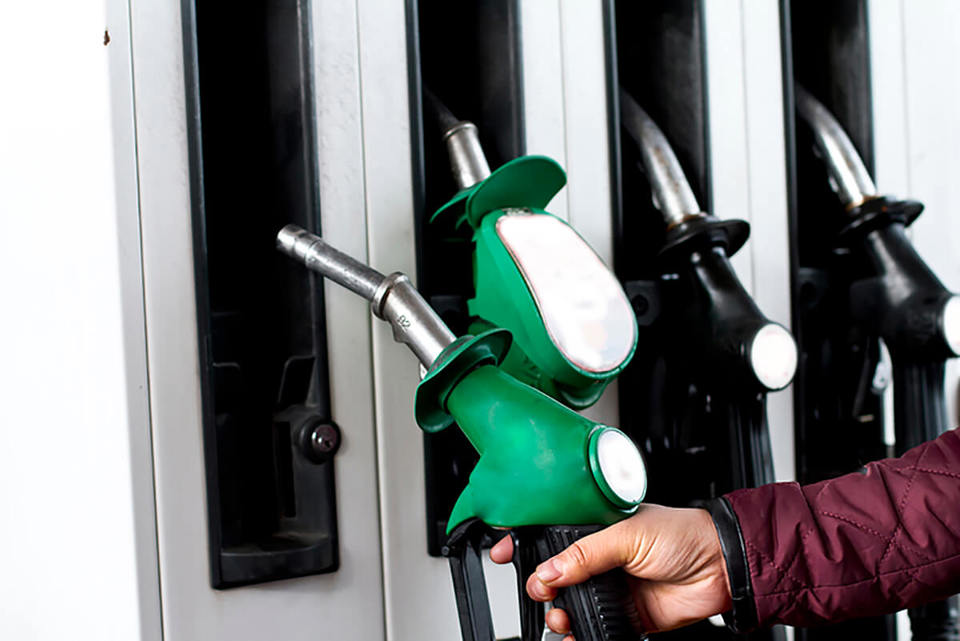The number of vehicles being converted to LPG is rising significantly. Last year, 17,000 conversions were carried out by approved installers - an increase of 36% on 2007's figures and the highest number of conversions in five years.
The total number of LPG vehicles on the roads now stands at around 155,000.
Calor's Autogas development executive, Chris Taylor, said the increase is due to cost savings, reduced payback periods and the desire to be more environmentally aware.
"LPG is by far the most widely available alternative fuel available. Motorists running LPG vehicles can expect to save up to 40% on fuel costs and, in many cases, can recover the cost of a conversion in under two years.”
There are now more than 1,400 refuelling sites with the majority of these on petrol forecourts.
The cost of refuelling with LPG is lower, but the number of miles per gallon is also lower than petrol or diesel.
There are no figures to show the number of fleets running LPG vehicles.
“As yet there is no standardised method of measuring data on fleet LPG use and therefore it is difficult to estimate the number of fleets operating LPG vehicles,” said a Autogas spokesman.
CASE STUDY
One business saves around £30,000 a year after switching to LPG. Thomas Proctor and Sons operates a fleet of 17 cars and 10 commercial vehicles. It converted one vehicle to LPG in 1998.
Managing Director John Gilroy was impressed and by 2002 the entire fleet had been converted. “LPG is fantastic, there are absolutely no noticeable differences to petrol and the running costs are dramatically reduced,” he said.
“Converting the vehicles was no problems at all, and as we replace our vehicles every three to four years we save money again when we sell them on as they have a higher residual value.”
All of Thomas Proctor and Son’s vehicles are dual fuel but are run on LPG 97% of the time.
LPG vehicles produce:
17% less CO2 than petrol
2% less CO2 than diesel
120% less NOx than petrol
2,000% less than NOx diesel
(Source: Calor Autogas)
















Login to comment
Comments
No comments have been made yet.